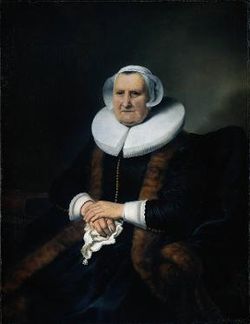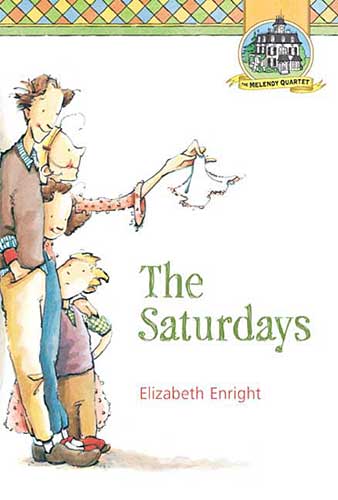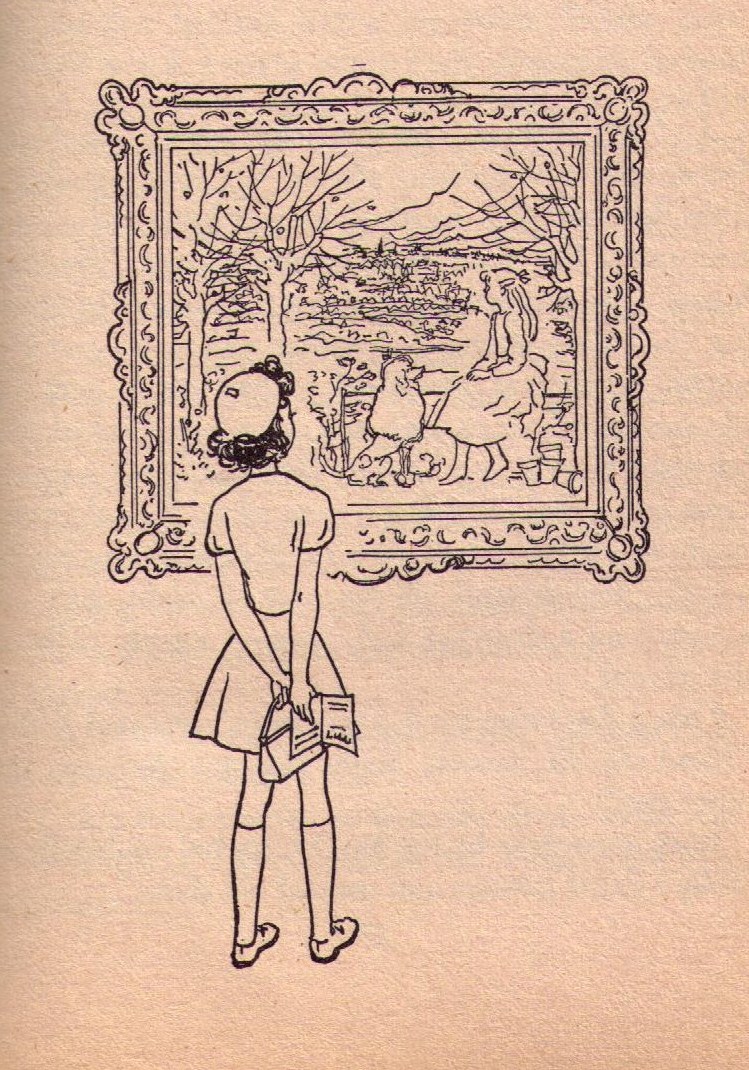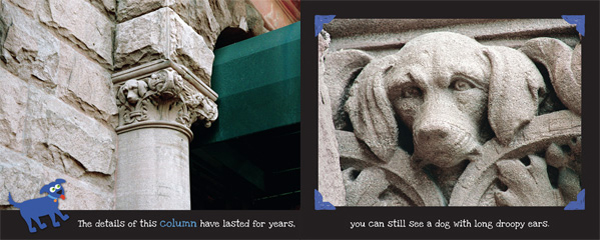 This week in the Middle Grade Gallery, a real painting, not a fictional one. Actually, it's a reprint of a real painting, but close enough. It's quite throughly described here:
This week in the Middle Grade Gallery, a real painting, not a fictional one. Actually, it's a reprint of a real painting, but close enough. It's quite throughly described here:
"I'm going to hang old Elizabeth Bas by the fireplace," said Dean. "'Engraving from a portrait by Rembrandt.' Isn't she a delightful old woman, Star, in her white cap and tremendous white ruff collar? And did you ever see such a shrewd, humorous, complacent, slightly contemptuous old face?"
"I don't think I should want to have an argument with Elizabeth," reflected [xxx]. "One feels that she is keeping her halds folded under compulsion and might box your ears if you disagreed with her."
"She has been dust for over a century," said Dean dreamily. "Yet here she is living on this cheap reprint of Rembrandt's canvas. You are expecting her to speak to you. And I feel, as you do, that she wouldn't put up with any nonsense."
"But likely she has a sweetmeat stored away in some pocket of her gown for you. That fine, rosy, wholesome old woman. She ruled the family--not a doubt of it. Her husband did as she told him--but never knew it."
"Had she a husband?" said Dean doubtfully. "There's no wedding-ring on her finger."
"Then she must have been a most delightful old maid," averred [xxx].
[Me again.] I couldn't resist quoting this passage at length; Dean and "Star" have so thoroughly imagined old Elisabeth Bas. The image above is of the original painting, now believed to be by Ferdinand Bol (Rijksmuseum, Amsterdam).
Based on this portrait, do you think her personality is as they have described it? Would you hang this portrait (or any portrait) at your house? If you know who did (and in what novel, not necessarily middle grade but that's when I first read it), please leave a comment. And thanks for visiting the Middle Grade Gallery! I appreciate your patronage.




